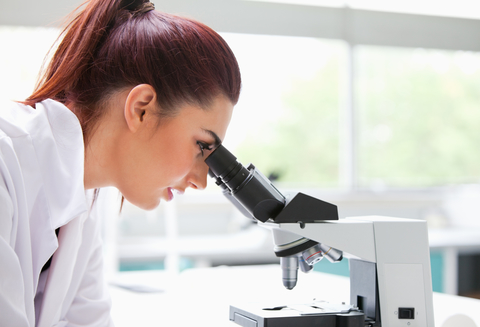Pinpointing whose blood the vampire bat is drinking

A new method of screening vampire bat DNA could help tackle rabies thanks to a joint Danish and British study.
The common vampire bat prefers to feed on the blood of domestic animals such as cows and pigs, risking transmission of pathogens such as rabies.
Now a new study, led by the University of Copenhagen, with the University of Bristol, who reported on it, and University of Glasgow, reveals a new method to screen the blood meals and faecal samples with a high rate of success to determine exactly which animals the bats have obtained blood meals from. Using DNA metabarcoding from samples collected in Peru, scientists can now both assess the vampire bat’s diet and look at insights into its population structure.
University of Bristol co-author Professor Gareth Jones from the School of Biological Sciences, said “It is great to gain insight into both predator and prey from DNA droppings and blood meals. Apart from feeding on domestic animals, vampire bats occasionally took blood from wild tapirs, so the method may be useful for determining the distribution of elusive mammal prey. It is also of note that we found no evidence of vampire bats feeding on humans from the DNA left over from their dinners.”
Professor Kristine Bohmann, study lead from the Natural History Museum of Denmark, University of Copenhagen, said “Based on our study, in the future DNA metabarcoding can be used to empower projections of vampire bat related transmission risks, and this can be used to develop strategies to prevent exposure to rabies and humans and animals.”








